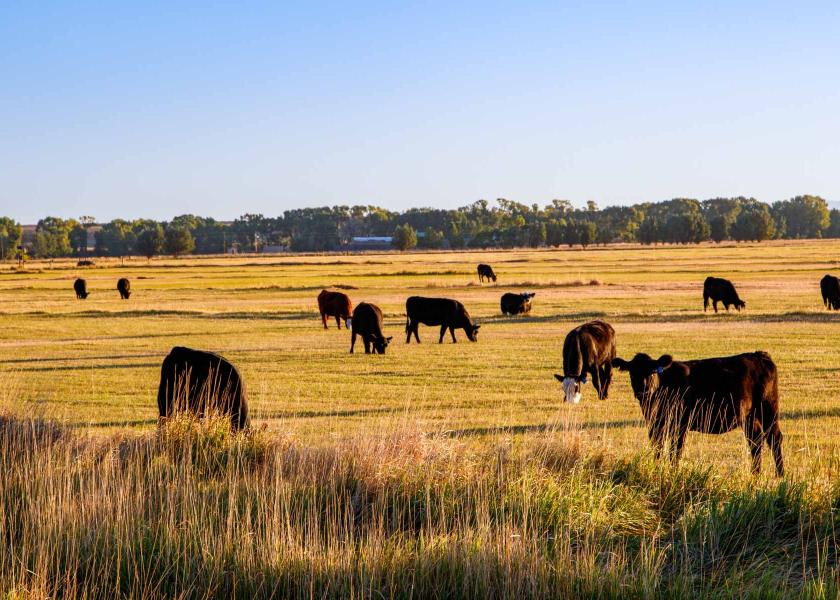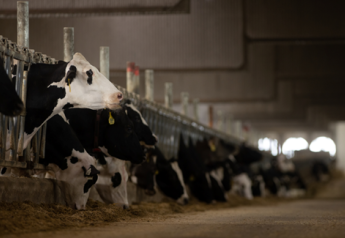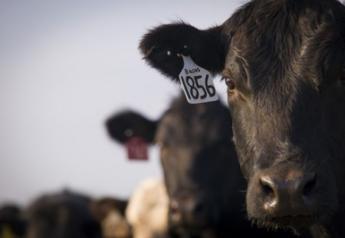Sustainable Beef Systems Can Achieve Climate Neutrality

“We can demonstrate climate neutrality through mitigation of methane warming equivalent emissions, and this can be achieved more easily with a combination of emissions mitigation and land-based carbon assimilation” said Dr. Jason Sawyer, King Ranch Institute for Ranch Management adjunct professor and East Foundation Chief Science Officer. Sawyer gave his presentation titled “Toward Climate Neutral Beef: Are There Viable Paths?” during the Beef Improvement Federation (BIF) Symposium June 2 in Las Cruces, New Mexico.
Sawyer explained the current state of the beef industry with regard to climate concerns and discussed mitigation pathways the industry might take towards achieving climate neutrality.
Current state of climate concerns
Warming is the greatest expressed climate concern and is related to an increase in atmospheric greenhouse gases. Climate neutral systems have minimal effects on project global temperature change and remove as many ‘warming equivalents’ from the atmosphere as they emit. Carbon neutral systems remove as much carbon from the atmosphere as they emit and may have no effect, reduce, or reverse anthropogenic warming. Zero-emission systems have no carbon emission and are generally unrealistic.

“Climate neutrality implies a system with a minimal effect on projected global temperature change in a system that can remove as many equivalents as it emits and would have no measurable effect on projected warming,” Sawyer explained. “A carbon neutral system would remove as much carbon from the atmosphere as it emits, but that exchange of carbon atoms could have either increase, have effect, or reduce warming. Zero emission systems imply that no carbon emissions of any kind are generated and candidly, that’s just not a realistic biological system.”
Current limitations to achieving climate neutrality
The most prevalent limitation to the U.S. beef industry in achieving climate neutrality is the amount of available data to make accurate climate impact estimates. The GWP100 equivalence conversion does not effectively represent the temperature effects of short-lived gases like methane. Methane has an atmospheric lifetime of between eight and 12 years.
“All of the evidence currently suggests that methane’s lifetime in the atmosphere has actually decreased since pre-industrial times with a lifetime of 12 years to a current estimated lifetime of around 8.4 years,” Sawyer said. “This relatively short atmospheric life means that temperature effects depend on the time horizon evaluated. Simple conversion factors like GWP100 tend to overestimate the warming effects of methane, especially in ongoing emissions systems rather than when evaluating ‘new’ sources of emissions.”
The GWP* metric has been proposed as a means of expressing the warming equivalent impacts of methane and is based on effects of a change in the rate of methane emissions on temperature. Use of the GWP* warming equivalent gives clearer insight into the effects of mitigation strategies that move the system toward climate neutrality. Strategies like diet management and genetic selection have promise. For example, based on heritabilities and the variance in daily methane emissions it’s been estimated than a 0.4 percent reduction is achievable through genetic selection. This amount can result in a substantial reduction in the apparent warming footprint of the beef system.
Most life cycle assessments of beef production systems do not consider internal uptake of atmospheric carbon dioxide in the land base used for beef production in the US. Even at small values of uptake per acre, these ‘insets’ can be meaningful. “The real implication is that beef systems may already be climate neutral or positive. The environmentally sound component of the sustainability of beef systems has an impact on the social acceptability of beef production and how it drives demand,” Sawyer summarized.
To watch Sawyer’s full presentation, visit https://youtu.be/SFKkSYEOjc4. For more information about this year’s Symposium and the Beef Improvement Federation, including additional presentations and award winners, visit BIFSymposium.com.







